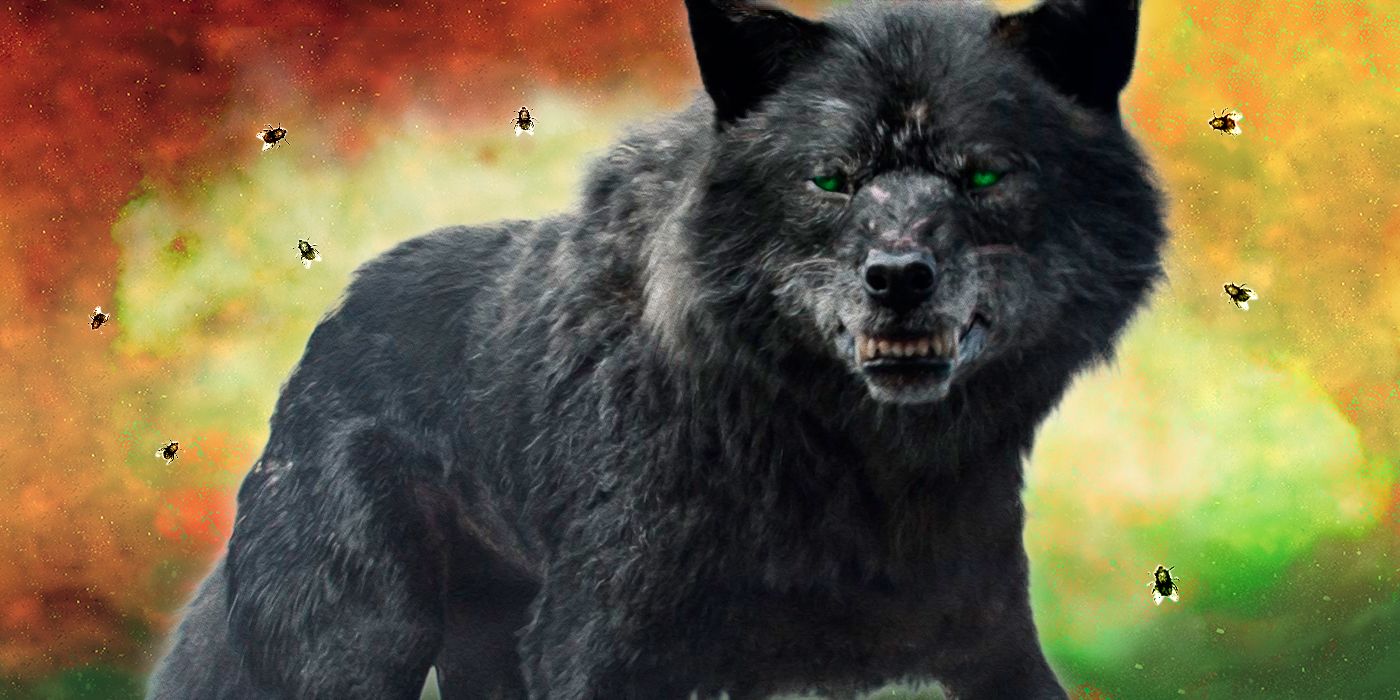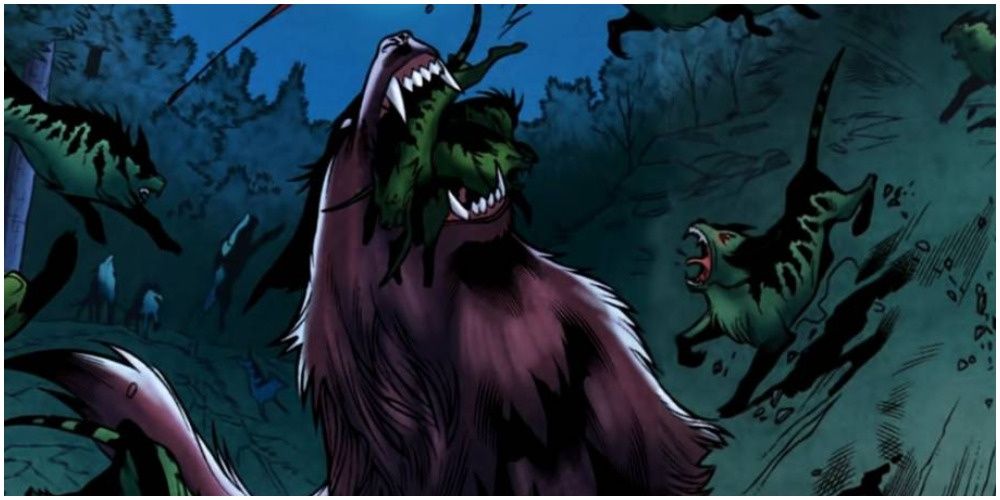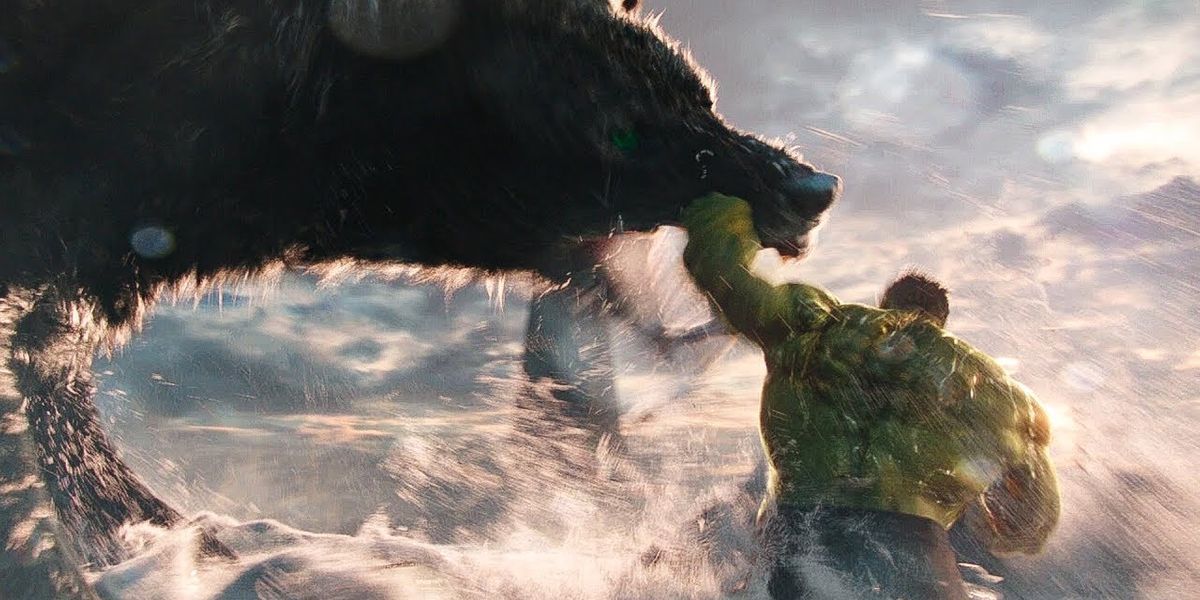
One of the most powerful monsters in the Marvel Cinematic Universe is Fenris Wolf, the herald of destruction unleashed by Hela during the events of Thor: Ragnarok to cement her rule of Asgard. The wolf’s teeth were strong enough to pierce the skin of the Hulk, something that few if any other MCU creatures could even think of. And adding to her impressive resume is a fitting detail from the Marvel Studios Visual Dictionary about the creature’s smell.
The passage describes Fenris’s coarse hair as smelling “like death,” an ideal detail considering her purpose in the film. She died shortly after Hela was banished from Asgard, but with the return of her mistress, she’s brought back to life. The stench of death on her has several sources, owing its existence not only to her recent return but also to the mythological purpose she’s supposed to fulfill.

In Norse mythology, Fenris was the wolf who devoured the world during Ragnarok. Spawned by Loki and the frost giant Angrboca, he was destined to slay Odin before being killed himself by Odin’s son Vioarr. Common fairy tale tropes of the “big bad wolf” type tie into that concept, and numerous modern fantasy works have subsequently made use of it. C.S. Lewis used the name "Fenris" for the canine head of the White Queen’s intelligence forces in The Lion, The Witch and the Wardrobe, while Fenrir Grayback -- the villainous werewolf from the Harry Potter novels -- was similarly named after the mythic beast.
When Thor first appeared in the Marvel Universe, most of the other figures from Norse mythology came with him. If the idea was to eliminate the differences between ancient gods of myth and modern superheroes with similar abilities, it stood to reason that Thor’s appearance would include the same pantheon of figures, such as Loki, Heimdall and Frigga. Fenris also came with that package, debuting early in Thor’s comic-book run in Journey Into Mystery #114 in 1965.

The MCU tweaked the character's story slightly, though, starting with his gender. (Though Fenris’s gender is unstated in the film, the MCU wiki refers to her as female.) As Hela’s mount and loyal companion, she was the one minion the Goddess of Death wanted resurrected the most. Hela used the power of the Eternal Flame to bring Fenris back to life, along with the rest of her army, but while the rank-and-file troops were undead essentially zombies, Fenris retained her intelligence and cunning. It made her a terrifying adversary against Thor and his friends, in keeping with the mythic notion of the character.
And her smell ties into that superbly. Fenris isn’t simply a giant wolf, but a divine creature in and of herself. As a herald of death, it would make sense that she would smell of the concept she embodied, even if she lacked the rotting appearance of the rest of Hela’s army. That comes on top of her close association with Hela herself and her previous status as a dead creature until her resurrection. The smell simply comes as a final touch for the wolf as she fulfills her destiny.
For all of its comedic elements, Ragnarok is essentially a tragedy, as Asgard comes to its long-foretold end and the survivors have to find a new place to start again. Fenris is only one embodiment of that but an important one -- connecting both Thor and Hela to their mythic roots while also embodying the wolf's formal purpose, albeit with a few MCU wrinkles thrown in. The smell is a small touch but adds a great deal, making the figure more than just a giant animal and closer to the elemental forces she is intended to represent.
0 Comments